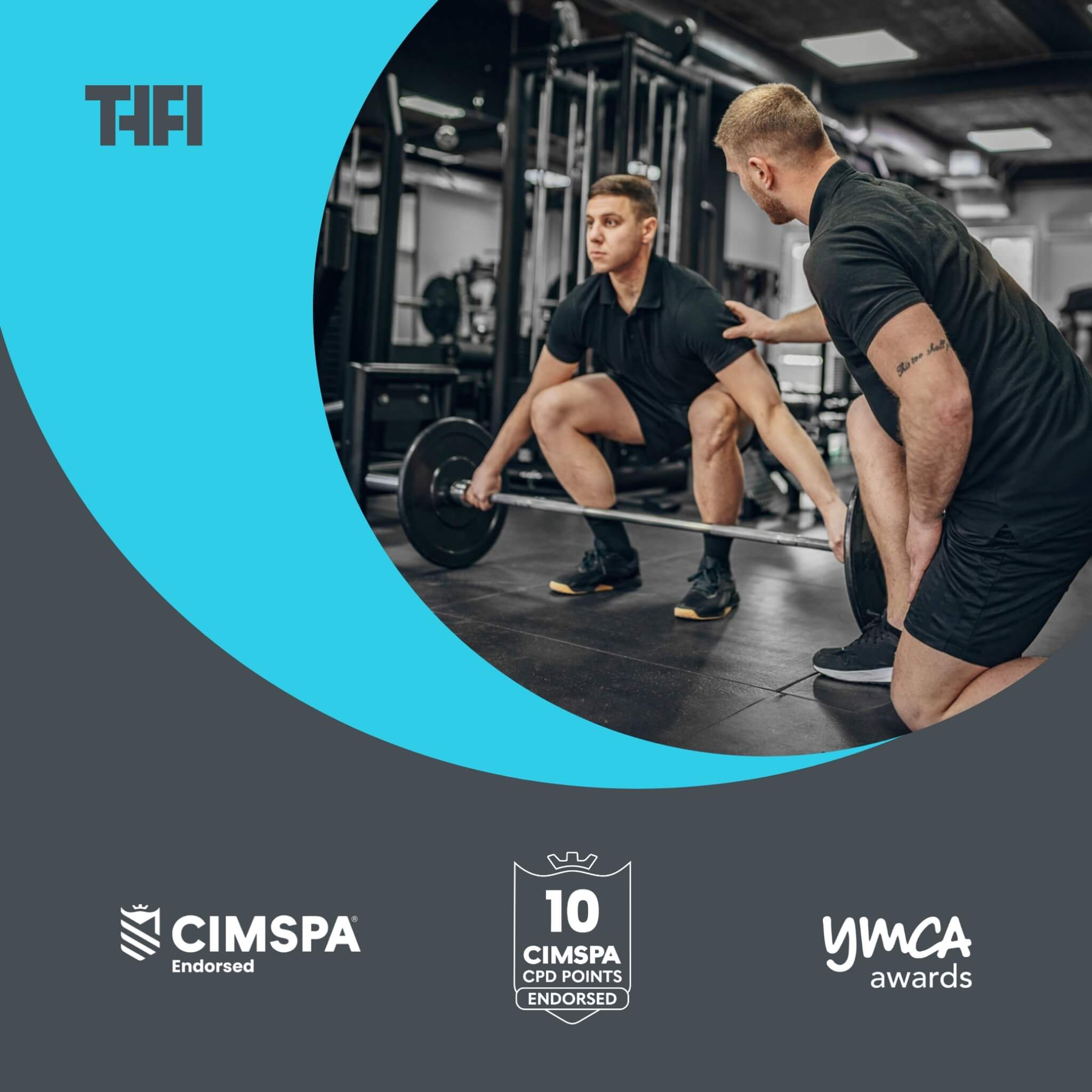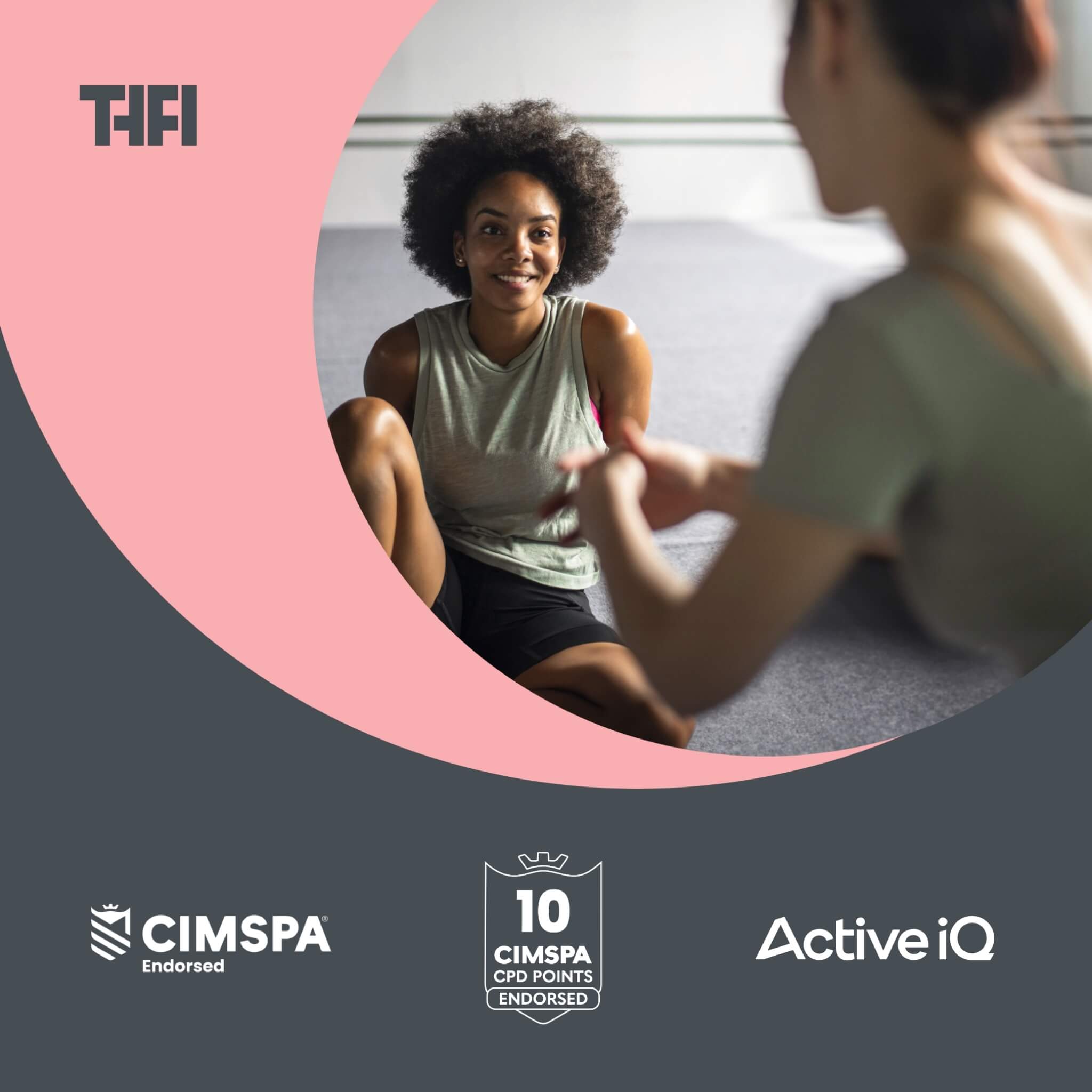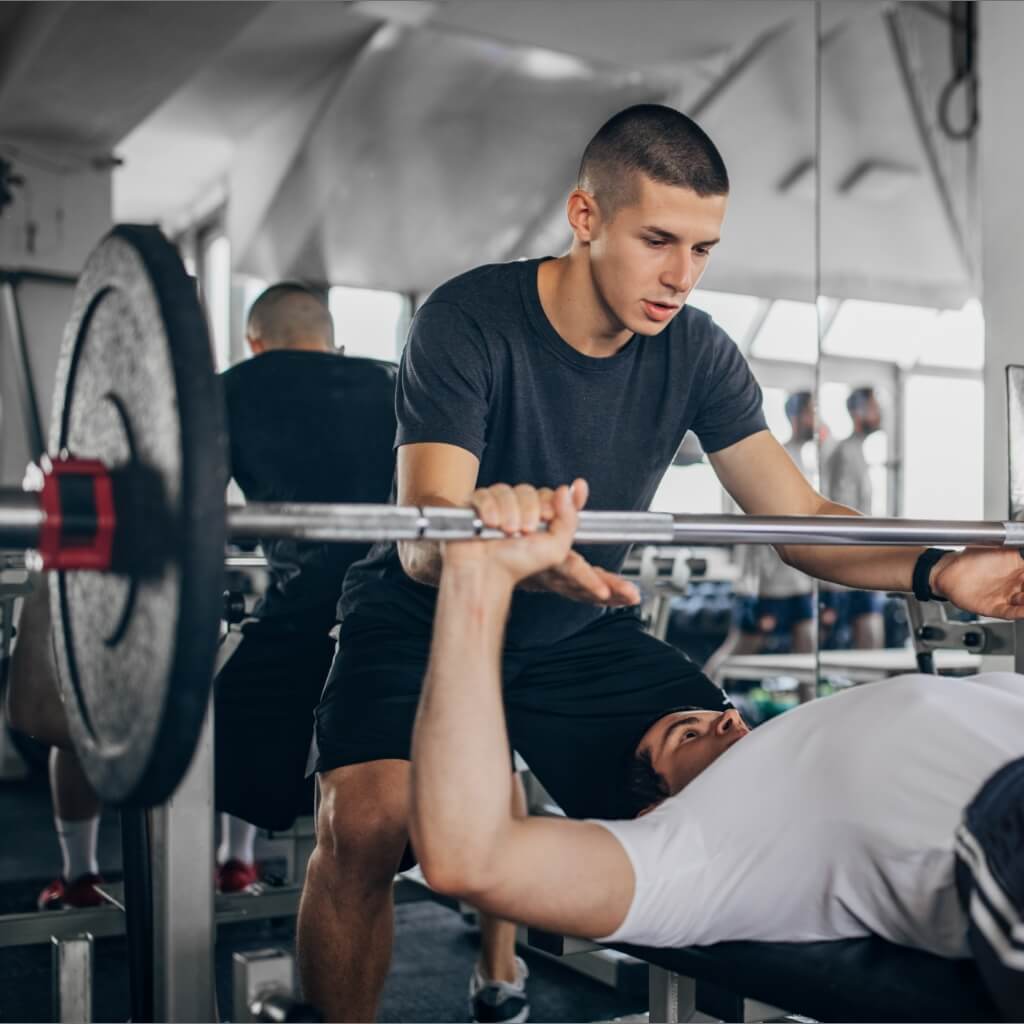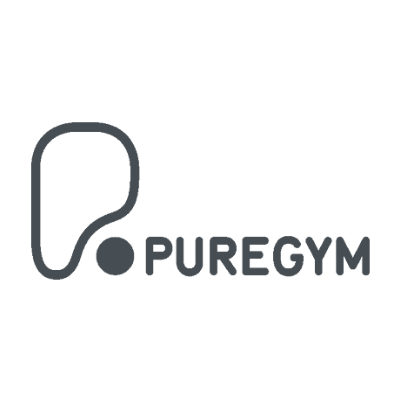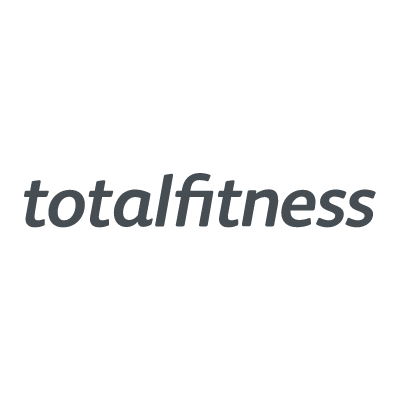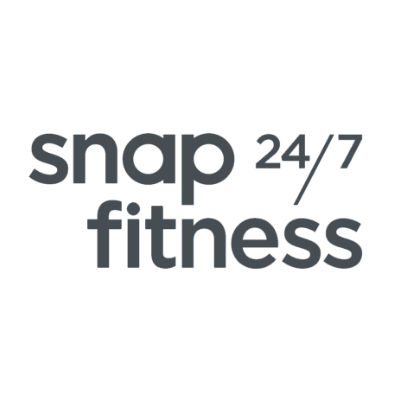How to train ‘Special Populations’: Children, Pensioners and Disabled People

When you’re working as a personal trainer, no two clients are ever the same.
Your clients will all have unique goals, challenges, and abilities. None more so than when you are training so-called ‘special populations’ – older people, children, and gym-goers with disabilities.
It’s likely that these people will have different limitations and needs than the general population.
This means you’ll need to have the knowledge and skills to tailor your approach to training so you can help them train safely and effectively.
Many PTs choose to take personal training courses online that cover how to adapt sessions for special populations and ensure safe, inclusive training.
Here are some expert tips you can use in your personal training sessions right now...
Training Older Adults
When you’re training older adults, there’s more to think about than what exercises to program.
You need to consider any general health problems for any clients over the age of 65, including high blood pressure, diabetes, arthritis and osteoporosis.
Not to mention potential reductions in strength, balance, coordination, and flexibility that people can find difficult as they age.
Your job as a fitness professional is to help them train safely so they can enjoy the benefits that exercise brings, including better strength, brain function, and mental health.
Consider the following steps before you hit the gym:
You should carry out a full assessment of your client’s health history, medication, fitness levels, and goals. You can use measures like the Senior Fitness Test or the Borg Rating of Perceived Exertion.
When designing your client’s training program, you should look to make it as balanced as possible. Include cardiovascular exercises, resistance training, and movements that improve flexibility and balance. General recommendations are to aim for around 150 minutes of moderate-intensity exercise or 75 minutes of higher-intensity exercise each week. You can program 2-3 resistance training sessions per week that focus on all major muscle groups.
It’s important to assess your client’s fitness levels and ability first so you can adjust the intensity and progressions of the exercises in their training program.
Start the session off slowly with lower intensity and build up from there. As your client gets fitter and stronger session to session, you can begin to build up the intensity safely and progress the exercises with more weight, reps, or sets.
You might need to use lighter weights, machines, or resistance bands to help your client perform any exercises safely and effectively. Where needed, you can modify or regress exercises by reducing range of motion, adding the support of a bench, or assisting in the reps.
Always communicate with your client clearly throughout the session. Ensure your client knows how to perform the exercises with proper form. Continue to cue your client, support them through each rep, and ensure their form is good. Offer positive encouragement to keep them motivated.
Training Children
When you are training children between the ages of 6 and 17 years old, there are a different set of considerations you need to take into account.
Children won’t have the same physical and emotional character tics as adults you’re used to training. And their motivations, interest levels and expectations may well be very different.
This changes the way you approach your training sessions and how you work with younger clients so they can fully benefit from exercise and the improvements in physical health and fitness it brings.
You should take the following steps before you start your session:
Complete a full review of your client’s health history, medications, current fitness levels, and any goals they want to achieve. You might want to use different tests to adults, such as the Children’s OMNI Scale of Perceived Exertion.
Be creative when creating your client’s workout program. You will want to design an enjoyable and varied training plan to keep them interested and engaged. You can work in different elements like aerobic activities, resistance training, and skill-based exercises to work on coordination, agility, speed and power. You can aim for over 60 minutes of moderate to high intensity exercise each week. This might be three resistance training sessions working on all major muscle groups, or flexibility work to improve our client’s range of motion.
Just like when working with senior citizens, you will want to start your training sessions at a lower intensity. Build up slowly depending on your client’s ability and give adequate rest periods between exercises and sets. As your client gets stronger and fitter, you can progress the exercise – whether with increased weight, reps, sets, or complexity.
It’s even more important to communicate clearly throughout the session with a young person so they can train safely in the gym environment. Explain the purpose of each exercise and how to perform them with good technique. Make sure they are supported through every rep of every exercise, and give positive encouragement and feedback.
Training Individuals with Disabilities
Staying fit and healthy is so beneficial for people with physical or mental disabilities. Your job as a personal trainer is to give the support and expertise your clients need to be able to enjoy the health and fitness benefits of training in a gym.
There are a whole range of disabilities you might encounter with your clients. This can include visual or hearing impairment, cognitive or mental health issues, or mobility and physical disabilities.
Understanding the unique needs and challenges of your disabled clients first is paramount.
Consider the following tips:
- Start by reviewing your client’s health history and any medication they might be taking. What capabilities do they have? What goals do they want to achieve? And what are their current fitness levels? You can use scales or tests such as the Functional Independence Measure or the Craig Handicap Assessment and Reporting Technique to form a proper assessment. Speaking to their healthcare provider, physical therapist, or caregivers can give you valuable additional information about their needs when planning a fitness program.
- Once you understand your client’s ability level and goals, you can design a personalised program. Depending on their goals, you may want to include elements of resistance training to build strength, cardiovascular exercises for fitness, and functional exercises for better flexibility and carry-over into everyday life. This might include exercises that improve activities of daily living, such as walking, climbing stairs, lifting objects, or transferring from a wheelchair.
- When you are working with any special populations, you will want to build up the intensity, frequency and progression of your workouts slowly and in line with their capabilities. Begin with a low intensity and slowly increase it as their strength and fitness grow. Resistance training gives you a measurable and incremental way to do this by upping the amount of reps and sets performed, and load lifted.
- You may need to use specialist training equipment when you workout, or focus on machines or exercises that ensure proper safety and comfort. When planning your workouts, you may need to factor in adaptive equipment, such as wheelchairs, walkers, crutches, braces, prosthetics, or hearing aids to assist them with the exercises.








